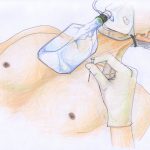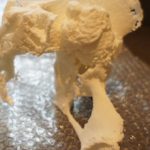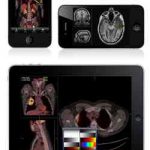Animal Strikes
This is a bad time of year in much of the United States for striking animals on the road. Car vs animal can be challenging, and motorcycle vs animal is frequently deadly. What can our patients do to protect themselves?
- Be especially vigilant when driving for the first few hours after sunset and just before sunrise. More animal activity occurs during these hours.
- If one animal is spotted, look out for others.
- Drive with high beams on as much as possible. In many animals, this will show reflections from their eyes. Some large animals, such as moose, don’t have glowing eyes.
- Always where a seat belt in case an impact does occur.
- If an animal is spotted, slow down quickly and blow the horn.
Most important! NEVER swerve or attempt to quickly change direction. This is one of the most common errors that results in serious injury or death. The driver swerves to avoid and begins to leave the roadway. They then over-correct in the opposite direction and begin a rollover. Always make gentle corrections, staying in the same lane.
For small animals, try to straddle them with the wheels. For larger ones, try to plan the impact so it is in front of the unoccupied front passenger seat. If occupied, plan the strike in the middle of the hood. The idea is to keep the car occupants safe, but to assist with natural selection and remove the animal from the gene pool.






